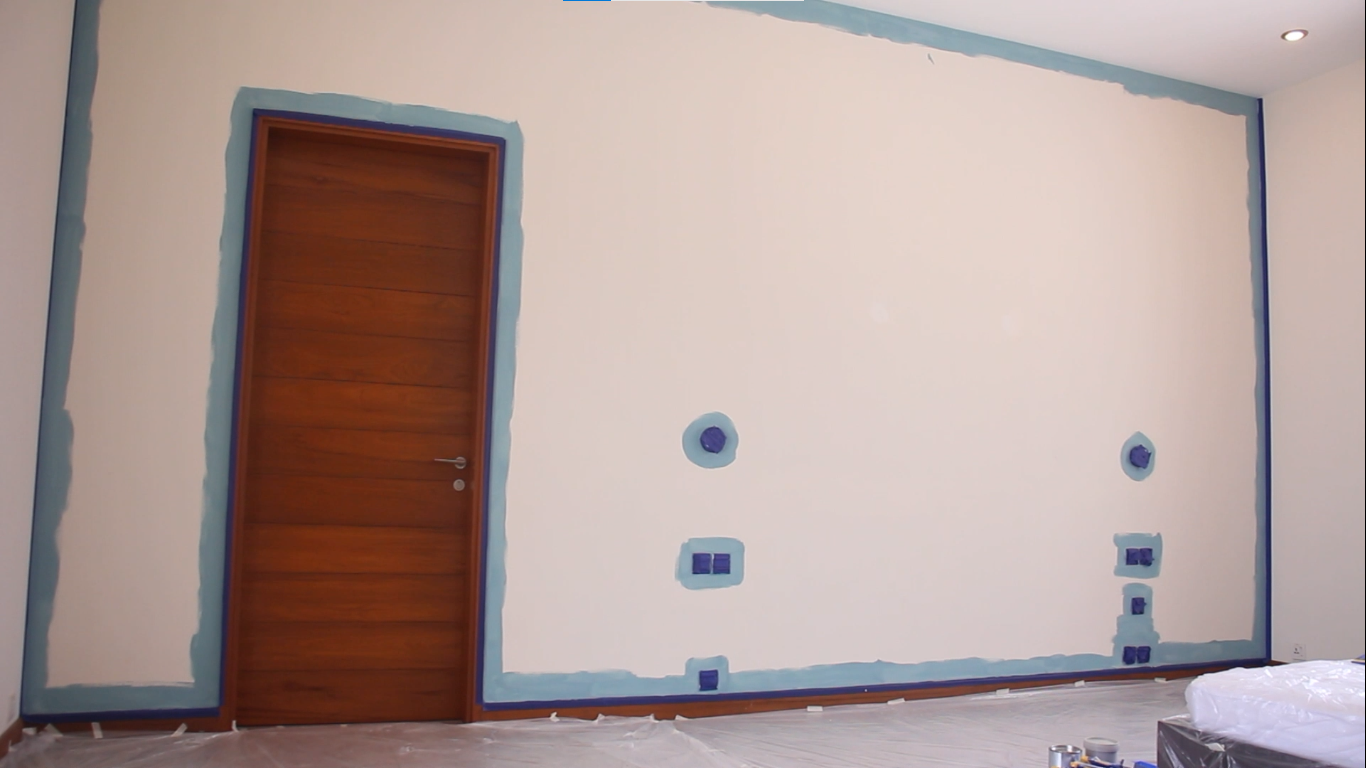“Master the art of precision with our guide on ‘How to Cut In Around the Edges.’ Discover the techniques for achieving clean and sharp lines while painting walls. Whether you’re a beginner or an experienced DIY enthusiast, our step-by-step instructions and expert tips will ensure your edges are flawless. Say goodbye to paint smudges and uneven borders as you transform your space with confidence and style. Watch our video tutorial for a quick and easy lesson in achieving professional-looking edges during your painting project.”
How to Cut In Around the Edges Universal Brushwares. step-by-step guides and tutorials
Step 1. Prepare the Area
Clear the area around the edges you’ll be painting. Move furniture and items away from the walls to create a clear workspace.
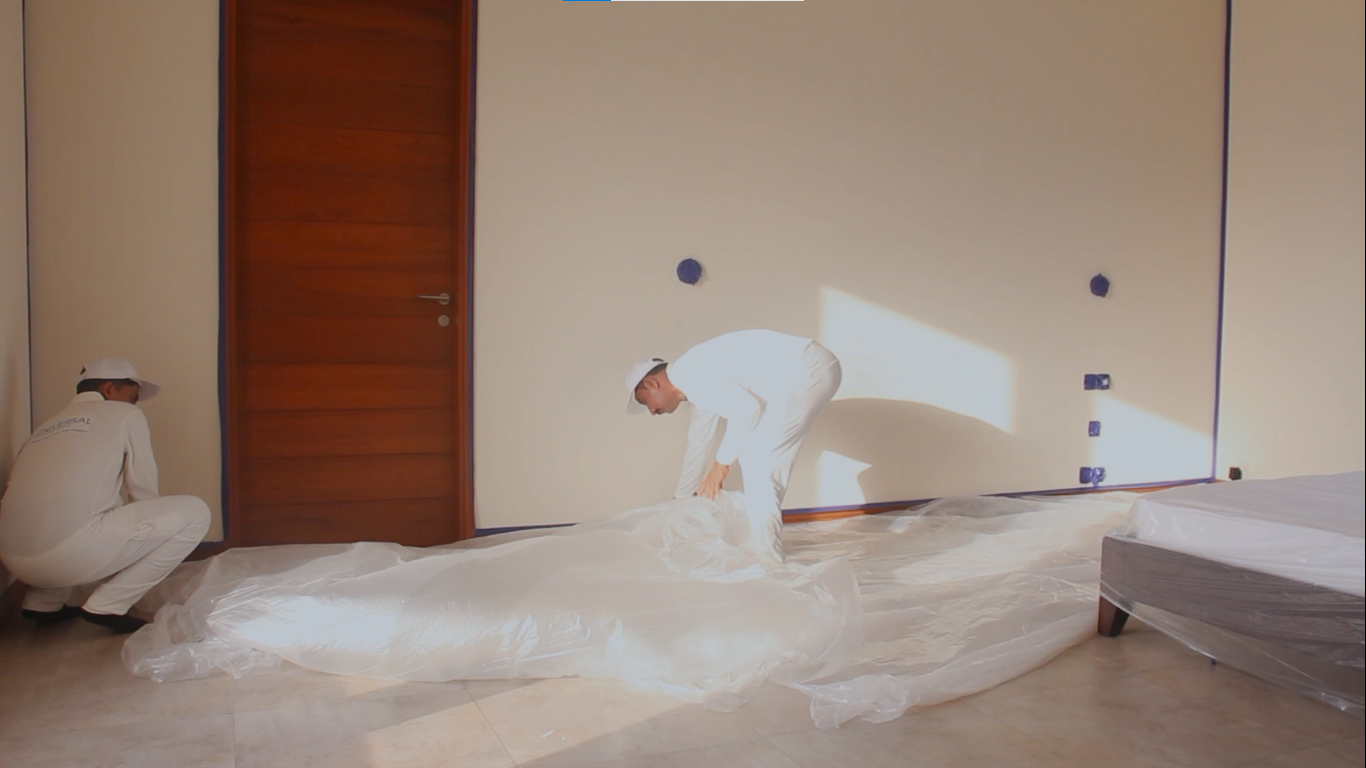
Step 2. Prepare the Surface
Start by removing all furniture and items from the room. This will create a spacious and clutter-free environment for your painting project.
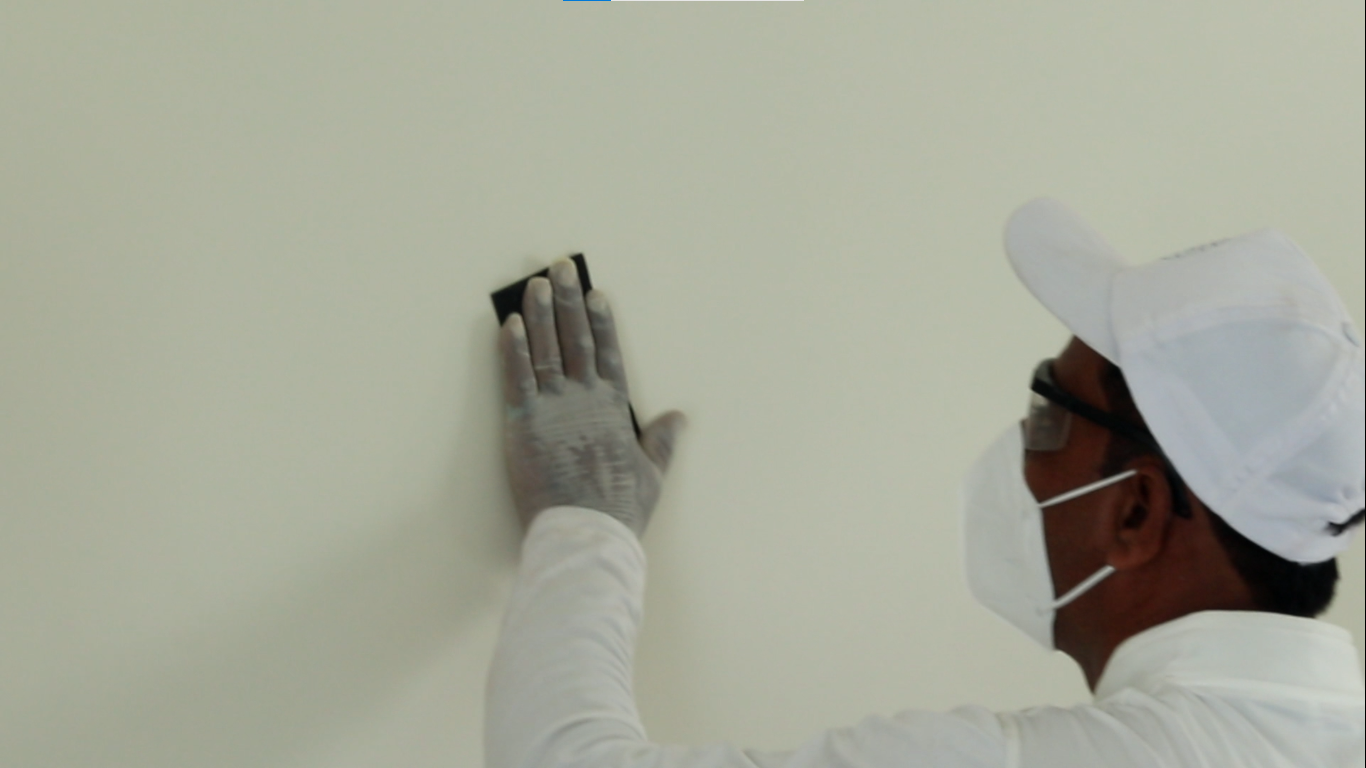
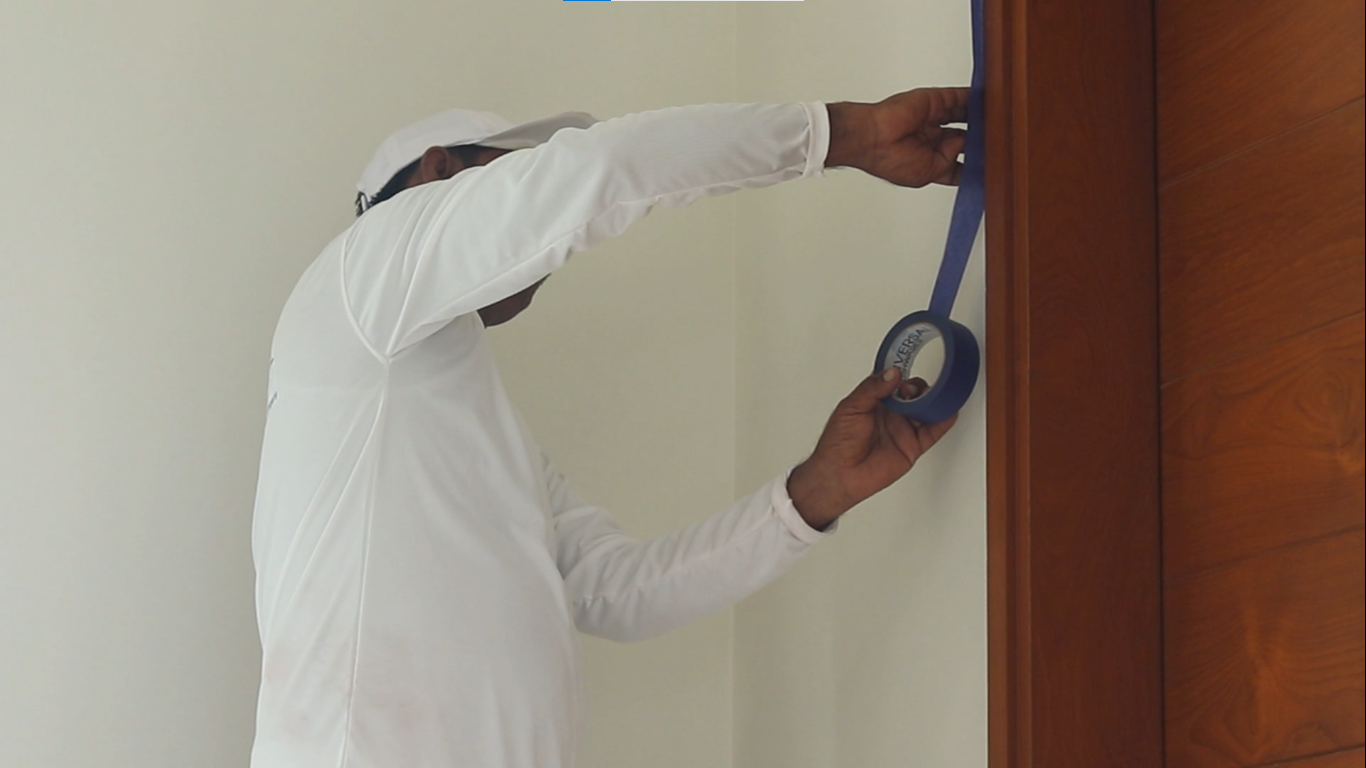
If you want to ensure extra protection for adjacent surfaces (e.g., ceilings, baseboards, or trim), apply painter's tape along the edges of these surfaces. This will create a clean boundary for your cutting-in work..
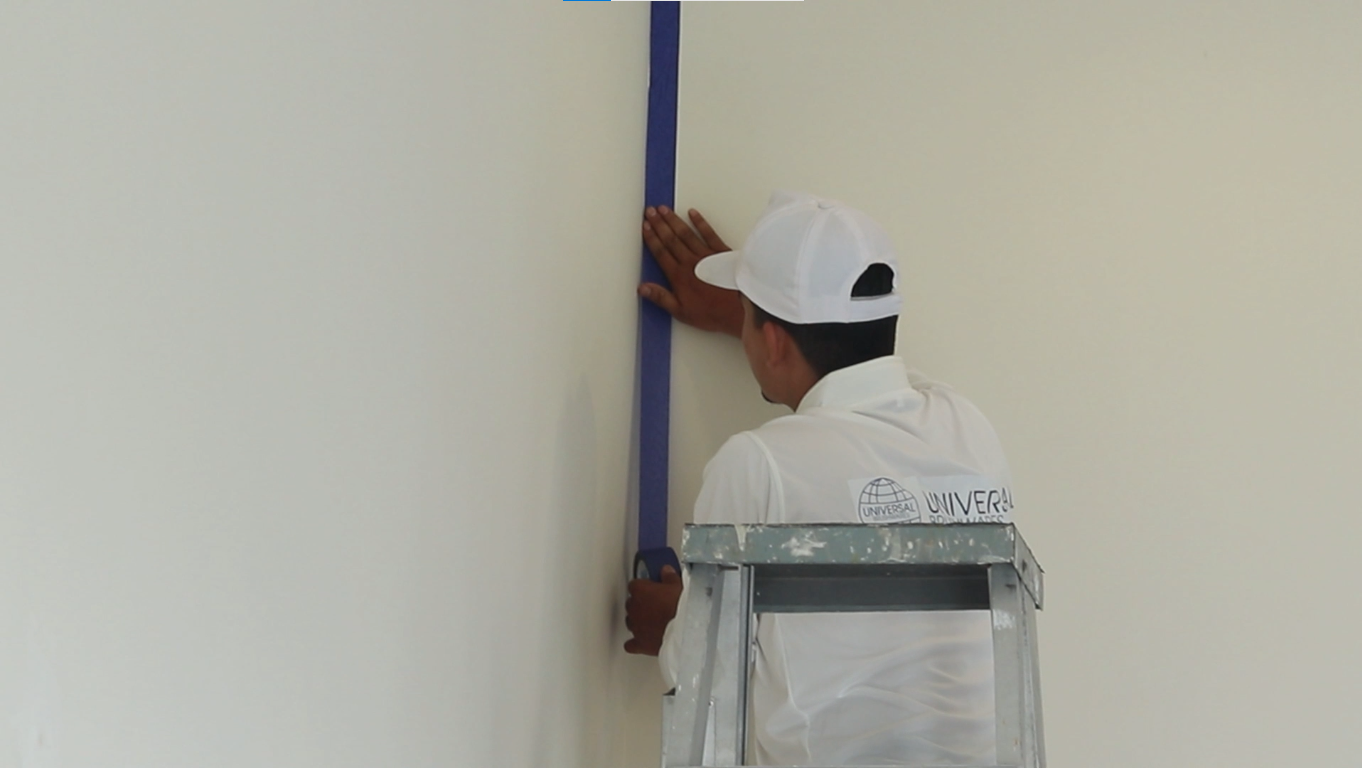
Step 4. Load the Paintbrush
Dip the tip of your paintbrush into the paint, allowing the bristles to absorb the paint without overloading them. You want enough paint to work with but not so much that it drips.
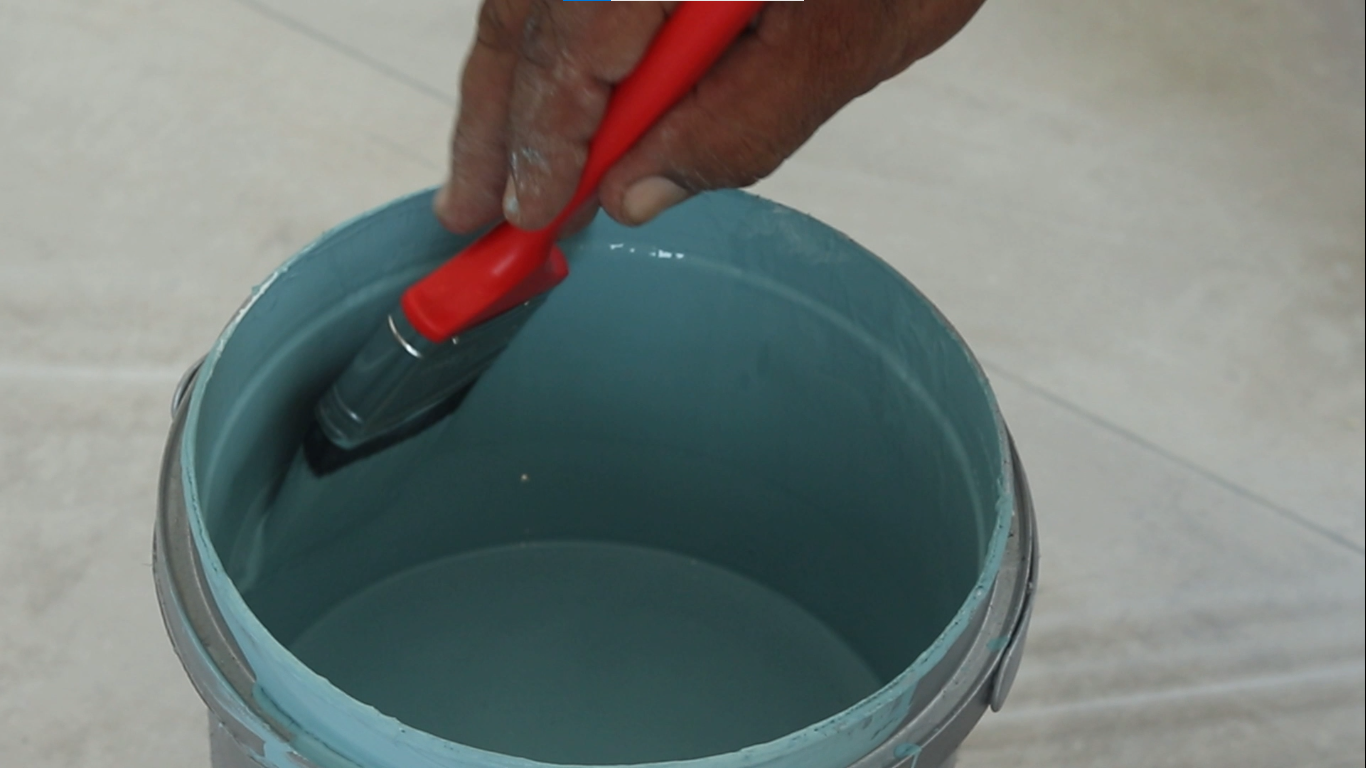
Step 5. Start Cutting In
Begin in a corner or at the top of the wall near the ceiling. Here’s how to cut in:
Hold the brush at a slight angle, with the bristles facing the area you’re painting.
Carefully draw a straight line along the edge, moving the brush horizontally. The edge of the bristles should be right up against the adjacent surface you’re painting next to (e.g., the ceiling).
Work slowly and steadily to create a clean and straight line. Use controlled, smooth strokes.
If you have painter’s tape in place, you can press the brush firmly against the tape to ensure a clean edge. Begin by using a high-quality paintbrush to carefully paint along the edges and corners of the wall. This process, known as “cutting in,” ensures clean lines and sharp edges.
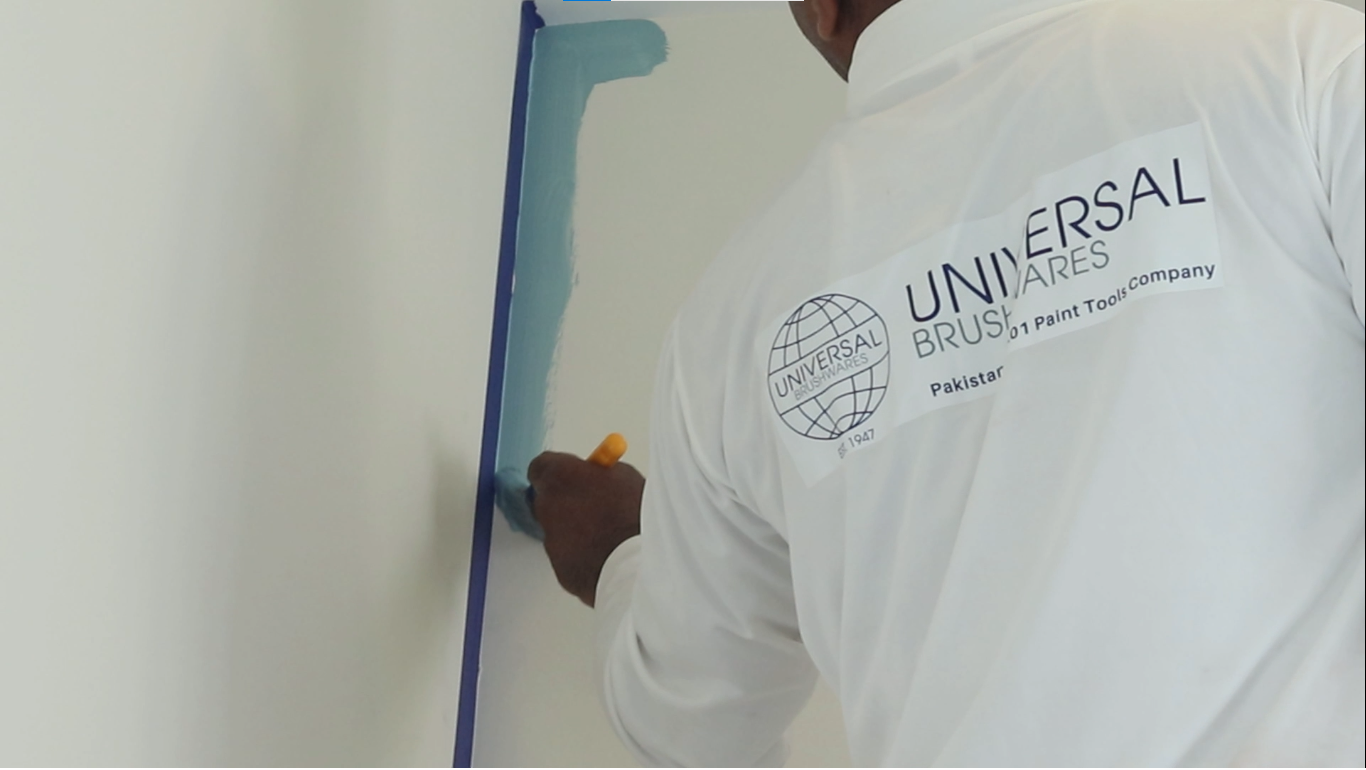
Hold the brush at a slight angle, with the bristles facing the area you're painting..
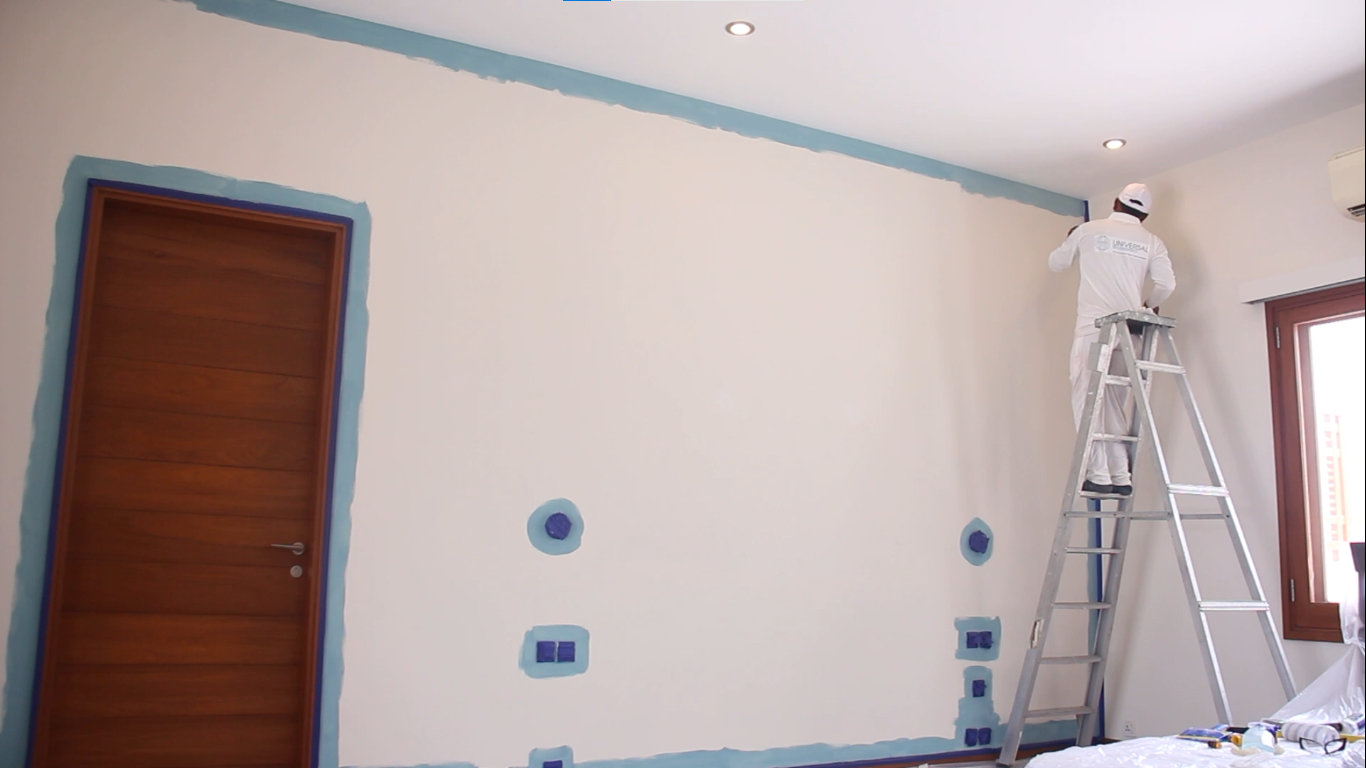
Work slowly and steadily to create a clean and straight line. Use controlled, smooth strokes.
Step 6. Blend and Feather
As you work, periodically go back over the painted edge with light, feathering strokes to blend the cut-in paint with the rest of the wall. This helps eliminate any visible brush marks and ensures a seamless transition.
Step 7. Remove Painters tape (If Applied)
If you used painter’s tape to protect adjacent surfaces, carefully remove it while the paint is still slightly tacky to achieve clean lines.
By following these steps, you’ll become skilled at cutting in around the edges, creating precise and professional-looking results when painting your walls.
